Articles & Resources
Check out our guides and thoughts on DIY battery building. We will update this page as often as we can with new content, guides, and news.
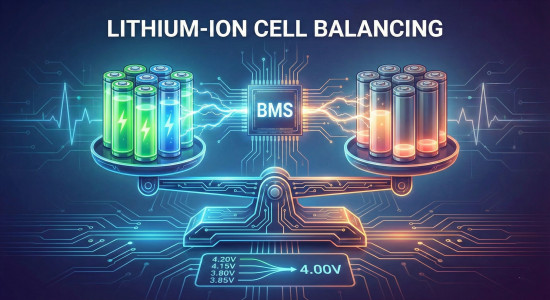
Lithium-Ion Cell Balancing: How to Force a BMS to Balance
Struggling with an unbalanced battery? Discover how to manually force a cheap, non-configurable BMS to balance lithium-ion cells by creating the specific voltage conditions needed for activation.

Shunt Mods Explained: How to Trick Your Controller for More Power
A shunt mod is a popular "hack" that tricks your motor controller into delivering more amps than its factory limit.2 By lowering the resistance of the internal current shunt with a simple solder modification, you can gain significant torque and speed. However, this trick comes with physical costs: square-law heating ($I^2R$) and reduced safety margins. This guide explains exactly how the controller measures current and how to estimate your new limits without blowing up your MOSFETs.
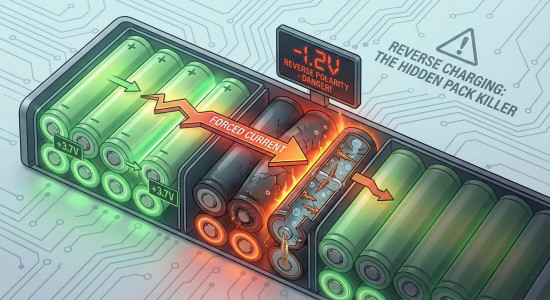
Understanding Reverse Charging: How It Happens and Why It Destroys Batteries
Reverse charging occurs when a deep-discharged cell within a battery pack is driven into negative voltage by the surrounding healthy cells. This process causes irreversible chemical damage, including the dissolution of the anode’s copper current collector and the formation of dangerous dendrites. This article explores the mechanics of this failure, the heat generation that follows, and why a functioning Battery Management System (BMS) is your only line of defense.
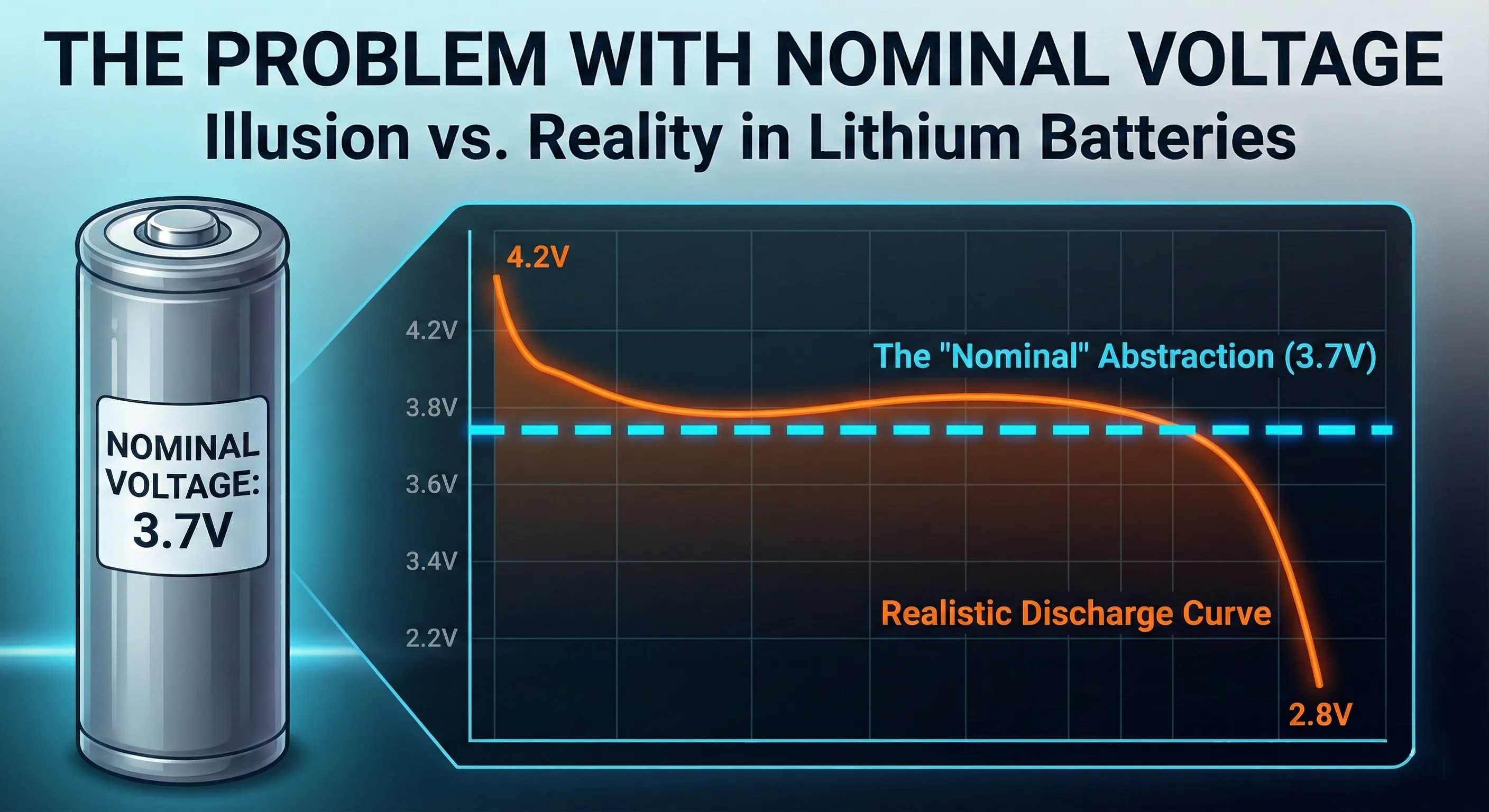
So Is It 3.6V or 3.7V? The Real Problem With Nominal Voltage
Nominal voltage is a marketing convenience, not a physical reality. Discover why relying on this "average" number can ruin your lithium battery build, why "12V" batteries don't exist, and which metrics actually matter for compatibility.
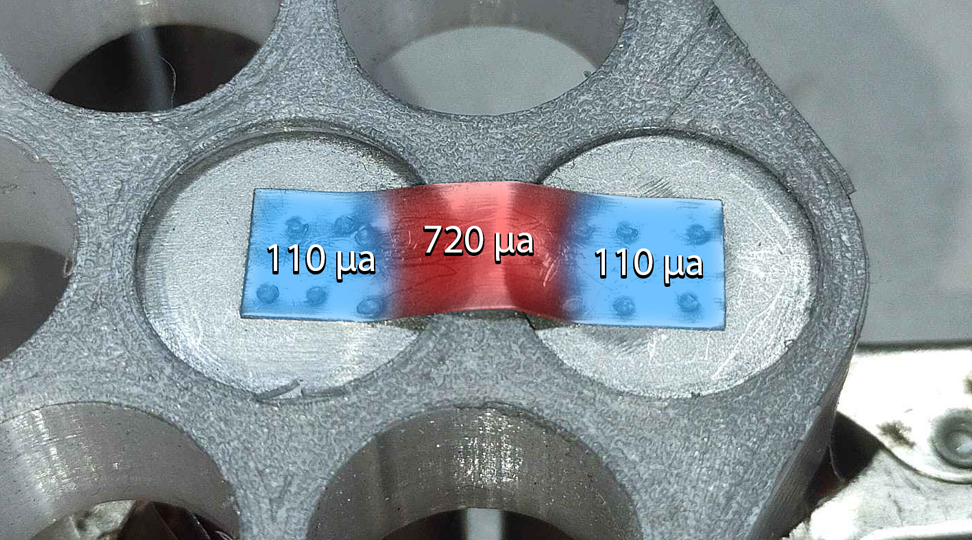
Performance Loss As A Result Of Series Connections
What specific things about a copper battery are better than a nickel battery? Will it perform better under load? Will I feel additional power and acceleration as a result of using copper? Will my battery have a higher range if I build it with copper? Will my copper battery be able to endure more charge and discharge cycles than my nickel battery?
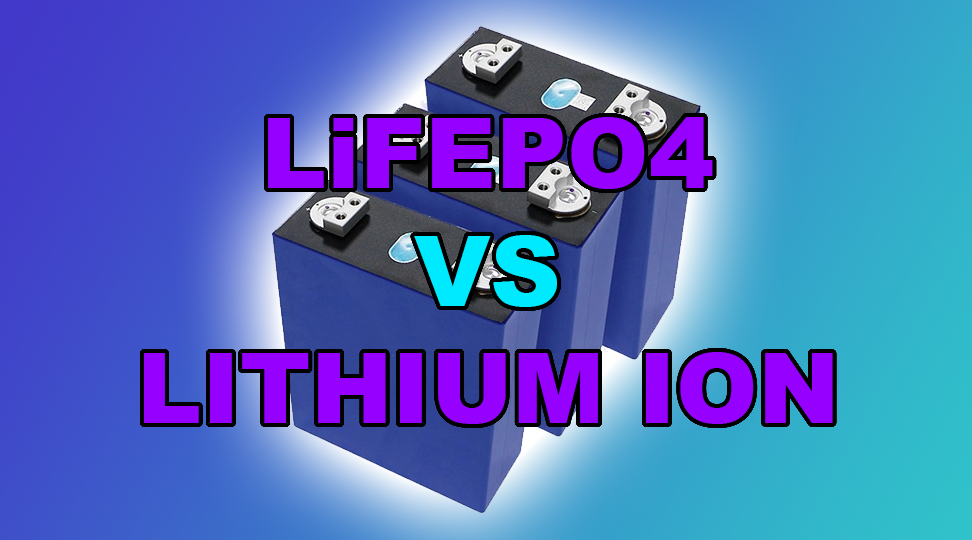
LFP vs. NMC: The Real “Lithium-ion vs. Lithium-ion” Battery Comparison
Many articles frame “LFP vs. lithium-ion” incorrectly—LFP is lithium-ion. The real matchup is LFP vs. NMC. Here’s how they compare on energy density, cycle life, safety, cost, cold-weather performance, and charging speed.
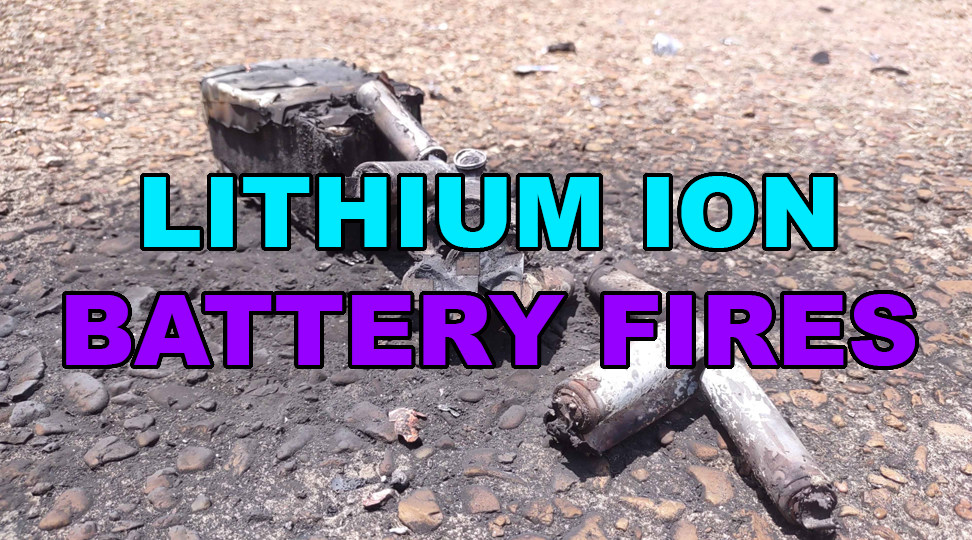
Lithium-Ion Battery Fires: Causes, Prevention, and What to Do if One Happens
Lithium-ion batteries power our devices, bikes, and cars—but when they fail, the results can be serious. Here’s how to minimize risk, spot warning signs, and respond safely in an emergency.
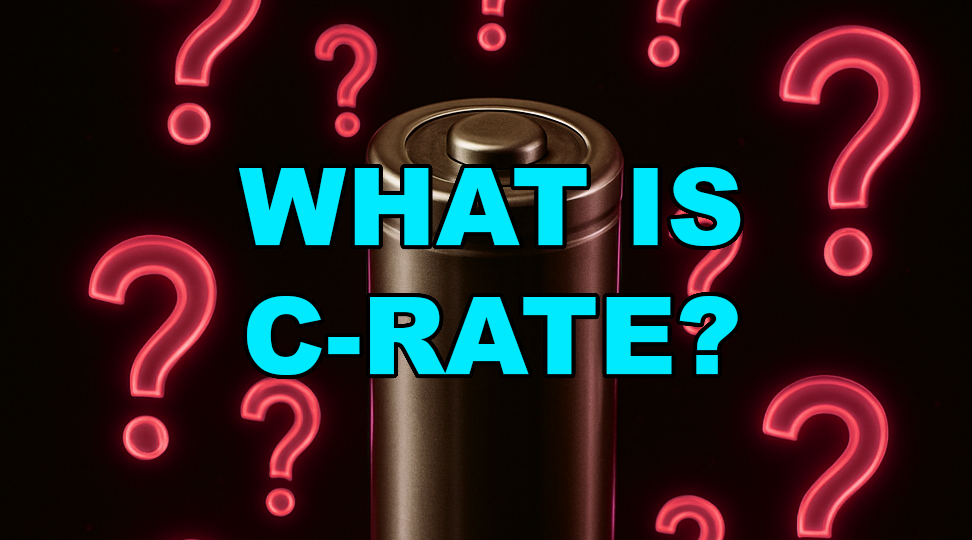
Lithium-Ion Battery C-Rate Explained: Charge & Discharge Limits, Heat, and Safety
C-rate tells you how hard you can charge or discharge a lithium-ion battery relative to its size—but it hides key factors like resistance and cooling. We explain C-rate basics, real-world limits, and how to avoid overheating your cells.
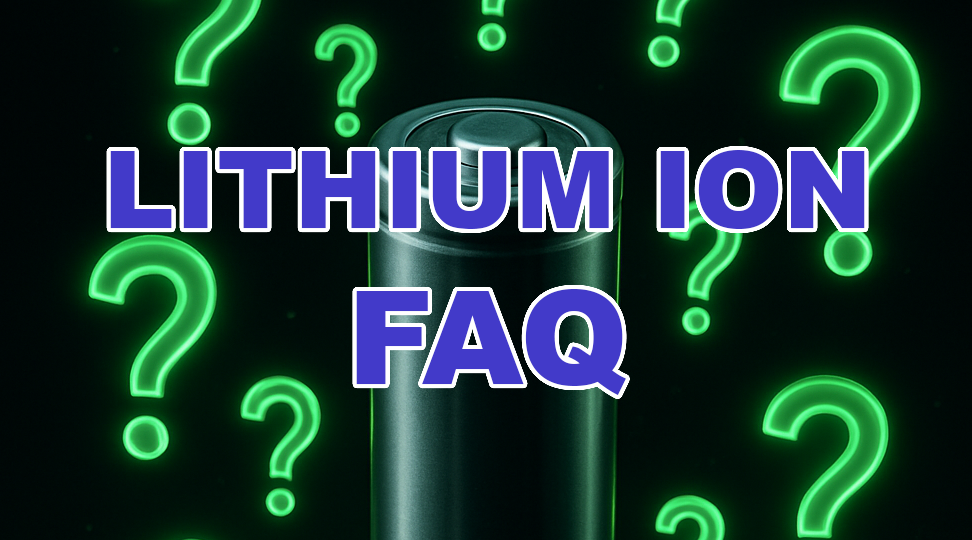
Lithium-Ion Batteries: Uses, Safety, and Fire Prevention Guide
Lithium-ion batteries power almost every portable device today—from phones to e-bikes. They’re safe when handled correctly, but abuse or defects can cause fires. Learn about their uses, safety tips, differences from lithium metal, and how to avoid dangerous mistakes.